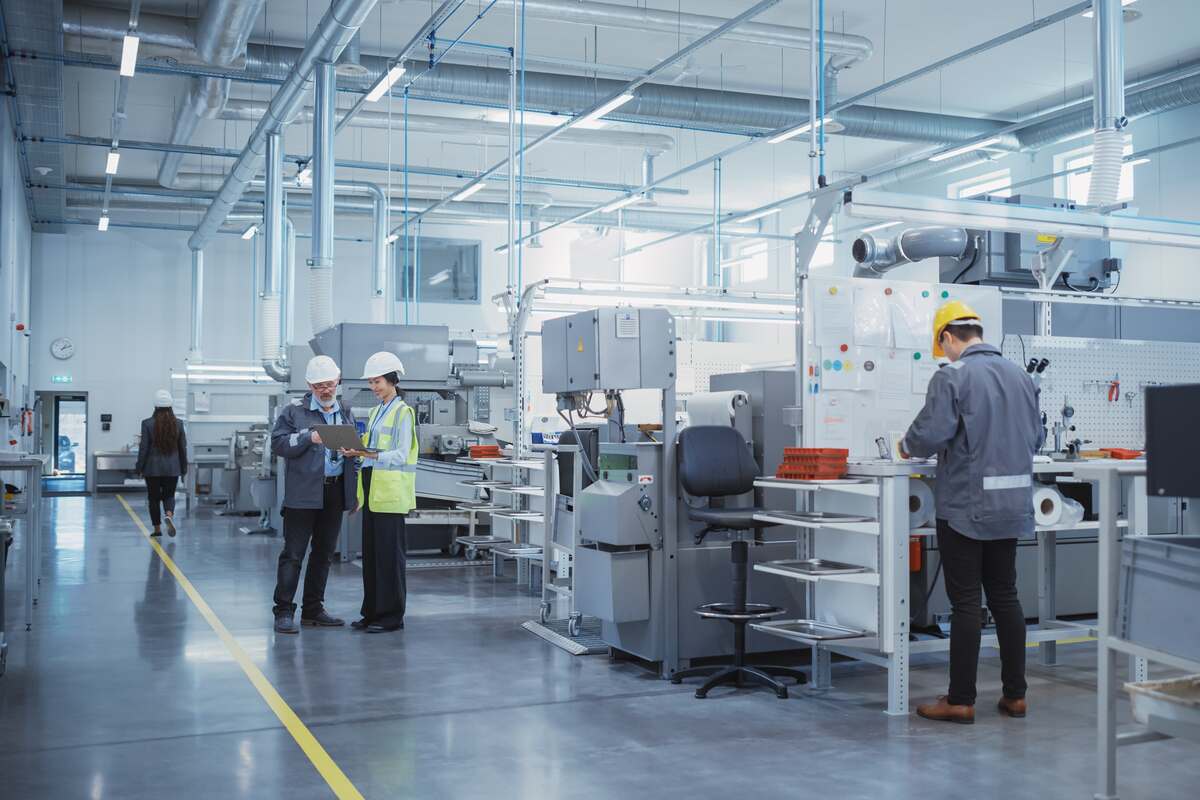China’s manufacturing activity expanded at the fastest rate in 14 months during April, due to a solid increase in new export orders, the Caixin S&P Global Manufacturing Purchasing Managers’ Index (PMI) revealed on Tuesday. The manufacturing expansion signals a positive sign for China’s economy, which is still struggling to rebound.
China’s headline manufacturing PMI increased from 51.1 in March to 51.4 in April, which indicates the sixth successive monthly improvement in the sector, with the fastest growth in 14 months.
Rising demand propels growth
Underpinning China’s manufacturing activity growth is a surge in demand, both domestically and internationally. April witnessed the fastest expansion in new orders in over a year due to an improvement in underlying demand dynamics and robust marketing strategies. Particularly noteworthy is the surge in foreign orders, growing at the fastest pace in nearly three-and-a-half years, reflecting a promising uptick in global market demand.
Production accelerates
Responding to the rising demand, China’s manufacturing sector ramped up production levels at the swiftest pace since May 2023. However, this uptick in output resulted in a buildup of backlogs, highlighting lingering capacity pressures within the sector. Moreover, sub-sector data indicates that investment goods recorded the sharpest growth across various metrics, including new orders, output and backlogs.
Purchasing activity also increased in line with higher production, further contributing to higher stocks of purchases in April.
Caution persists in hiring and pricing
Despite the positive growth trajectory in China’s manufacturing activity, caution remained over hiring decisions, with employment levels declining for the eighth consecutive month in April. This cautious approach to workforce expansion stems from ongoing restructuring efforts, contributing to resignations and redundancies within the sector.
“Businesses remained reluctant to hire, keeping the corresponding subindex in contraction for the eighth consecutive month,” stated Dr. Wang Zhe, Senior Economist at Caixin Insight Group.
Furthermore, while input costs surged at the fastest rate since October 2023 in China’s manufacturing sector, manufacturers faced challenges in passing on these costs to consumers. Average selling prices declined, reflecting an increase in competition and promotional efforts aimed at sustaining sales volumes. Export charges mirrored this trend, further limiting manufacturers’ pricing power.
“Some surveyed companies reported rising prices for metals, crude oil and other raw materials. On the sales front, intense market competition led businesses to slash prices, resulting in output prices declining for the fourth straight month,” added Dr. Wang Zhe.
Read: Hong Kong’s GDP likely to grow 2.5-3.5 percent in Q1 of 2024
Future outlook
Looking ahead, sentiment in China’s manufacturing sector remains cautiously optimistic, albeit with a slight dip to a four-month low from the previous month. While firms maintain hope for future sales growth amid improving economic conditions, concerns over rising costs and competition tempered overall confidence levels.
“Companies were confident that market conditions would continue to improve, producing steady sales growth over the next year. Future output optimism continued to grow, albeit at a rate about 1 point lower than in March,” added Zhe.
For more news on the economy, click here.




